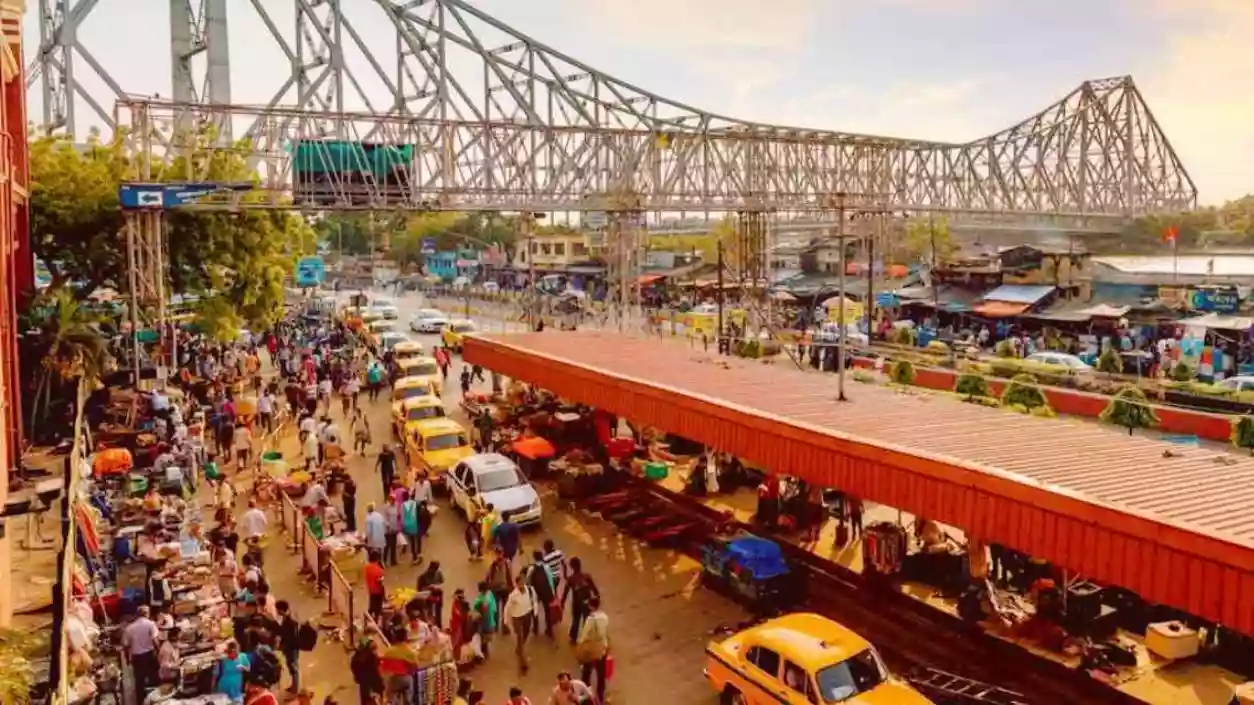Protests erupt outside Kasba Police station as 3 arrested in alleged Kolkata college gang rape
.gif)
.gif)

Kolkata recorded a maximum temperature of 36°C on March 30, surpassing the seasonal average and adding to growing heat concerns. According to meteorologists, the rising temperatures align with a broader trend of extreme weather patterns observed in recent years. In April 2024, the city experienced its highest temperature in five decades, reaching 43°C. Experts attribute the persistent heatwave conditions to climate change, rapid urbanization, and declining green cover, which contribute to the urban heat island effect. Increasing vehicular emissions and industrial activity have further intensified temperature spikes, impacting overall air quality.
Authorities have advised residents to take precautionary measures, including staying hydrated and avoiding prolonged sun exposure during peak hours. Officials are also considering heat mitigation strategies such as expanding green spaces and setting up cooling shelters in vulnerable areas. Meanwhile, health experts warn of potential heat-related illnesses, particularly among the elderly and children. The Indian Meteorological Department continues to monitor the situation, with forecasts indicating a possible rise in temperatures in the coming weeks.
.webp)
Muslim family leads 400-year-old Rath Yatra in Howrah symbolising Bengal’s communal harmony

Protests erupt outside Kasba Police station as 3 arrested in alleged Kolkata college gang rape